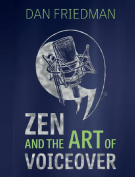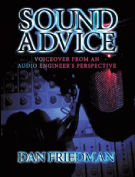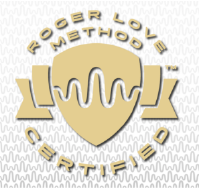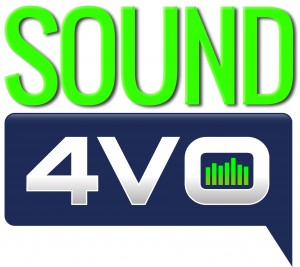 Its always an honor to be recognized by your peers. Voiceover talent Dane Reid has listed Sound4VO among his list of “Top 10 Voiceover Websites”. I’m thrilled to have been considered and listed among the nine other fantastic voiceover industry websites. Be sure to visit each of them.
Its always an honor to be recognized by your peers. Voiceover talent Dane Reid has listed Sound4VO among his list of “Top 10 Voiceover Websites”. I’m thrilled to have been considered and listed among the nine other fantastic voiceover industry websites. Be sure to visit each of them.
Thank you so much Dane Reid.
Please check out Dane’s video:
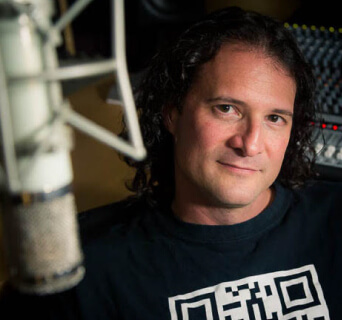 While out on a hiking trip this past weekend, I took the time to simply listen to nature. For several minutes, not a single device of modern technology could be heard. It was truly music to the ears. Listening… truly listening, seems to be a lost art. When was the last time you sat down and listened to an album? I don’t mean casually, with the music playing in the background as you perform other tasks. I mean sitting down in front of some speakers, or putting on headphones, and simply listening.
While out on a hiking trip this past weekend, I took the time to simply listen to nature. For several minutes, not a single device of modern technology could be heard. It was truly music to the ears. Listening… truly listening, seems to be a lost art. When was the last time you sat down and listened to an album? I don’t mean casually, with the music playing in the background as you perform other tasks. I mean sitting down in front of some speakers, or putting on headphones, and simply listening.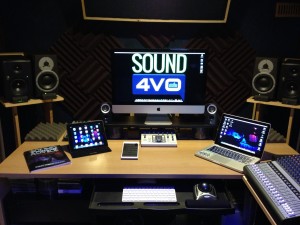 It is as simple as this… if you want to work in voiceover, you need a
It is as simple as this… if you want to work in voiceover, you need a 
